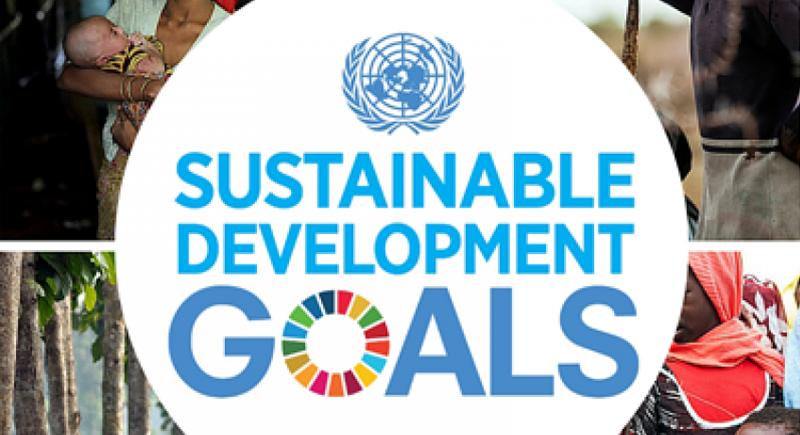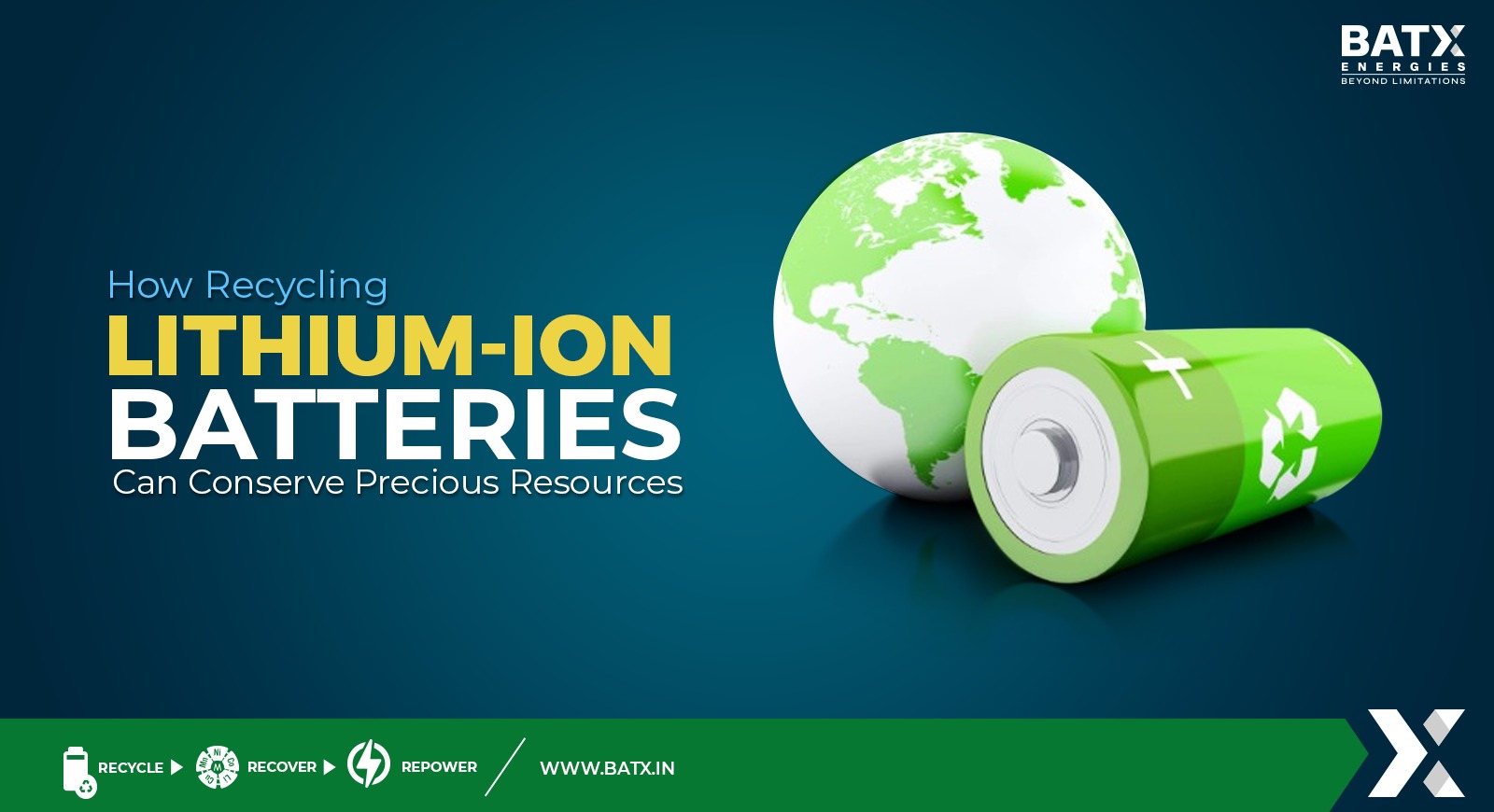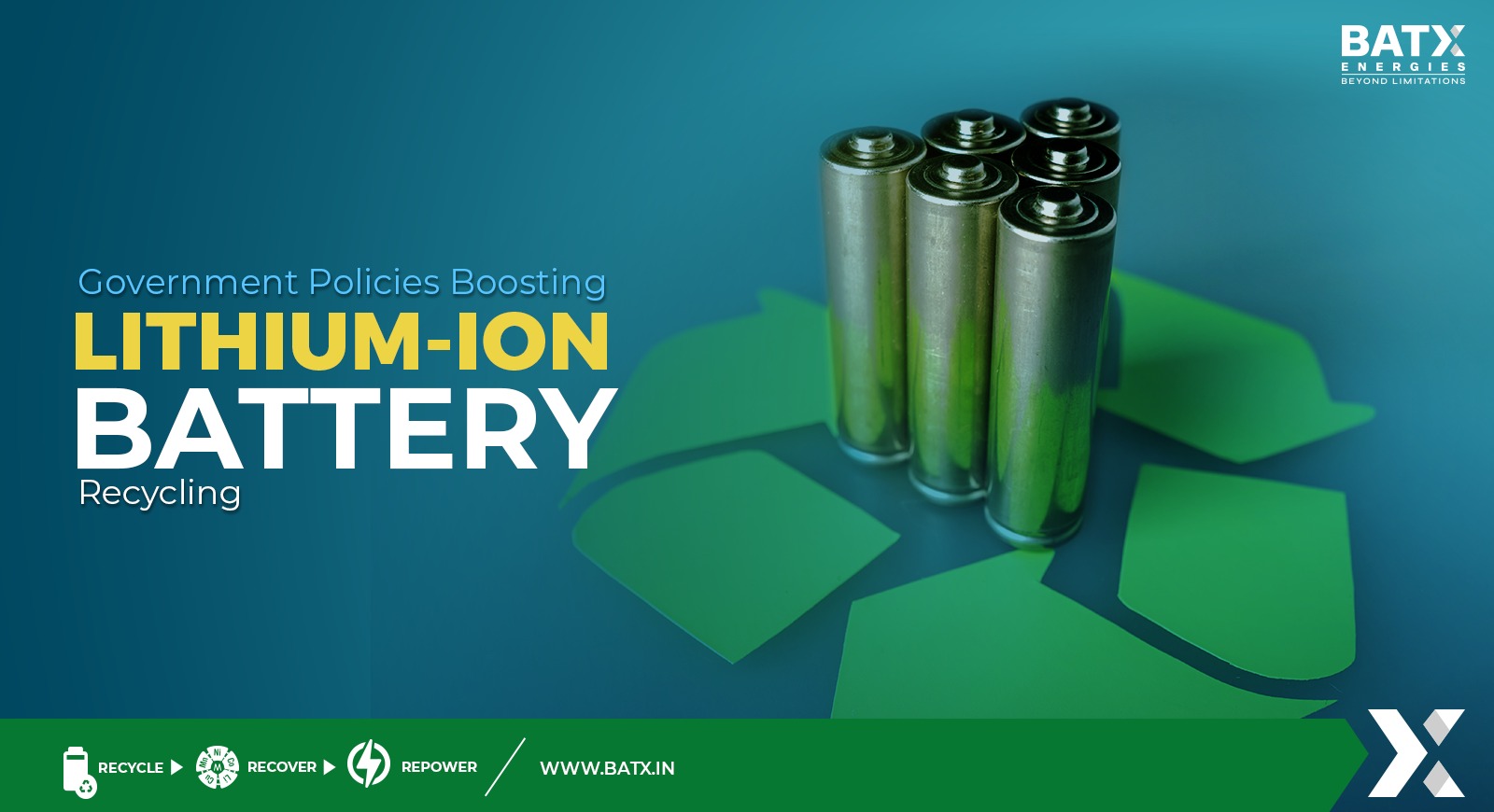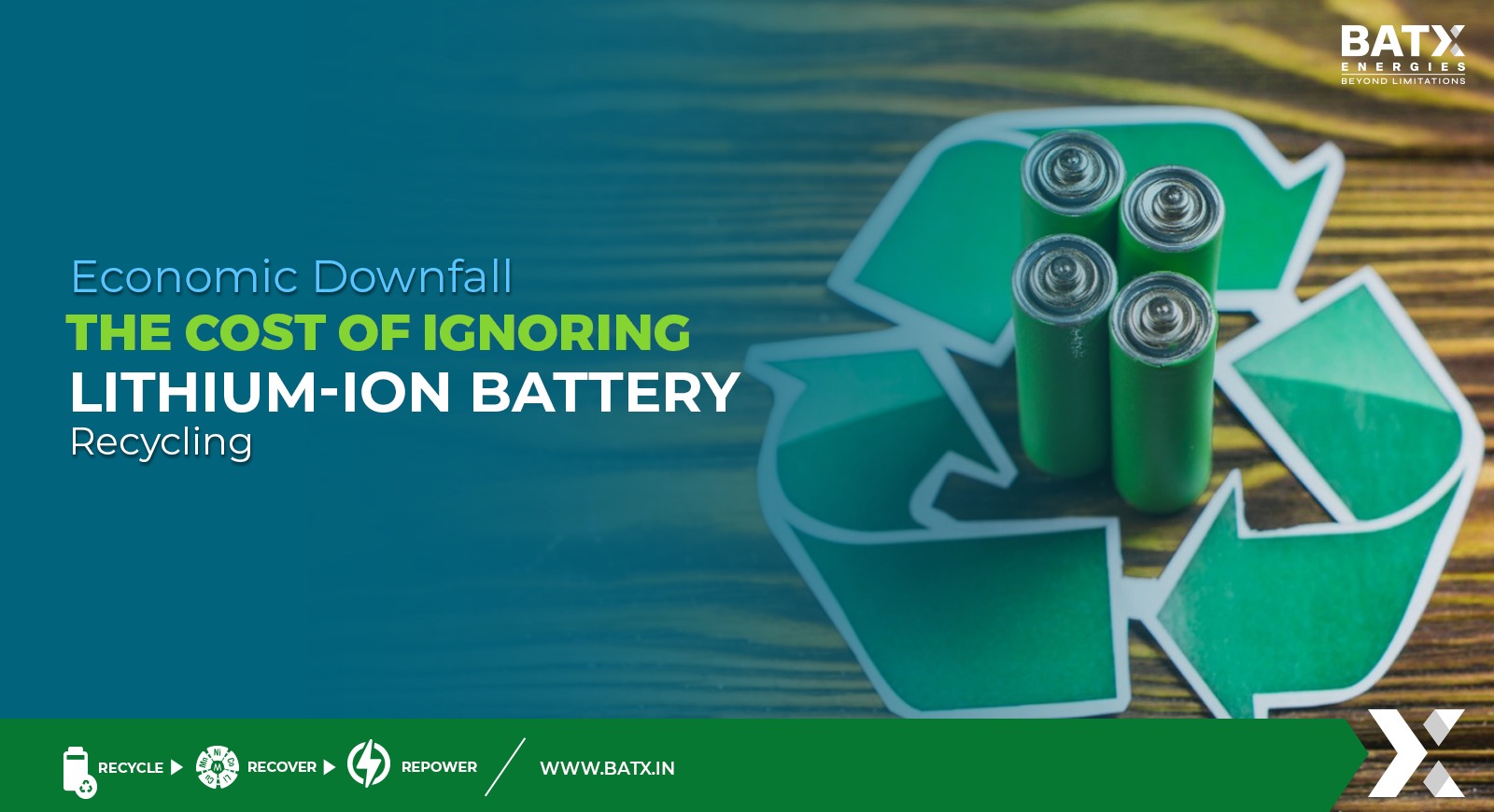India, today, is poised to get into a higher growth curve – which makes us uniquely positioned with respect to our global colleagues. We are one of the very few growing economies today, which was though stalled a little because of the global meltdown, but has geared up to get into the next level of equilibrium. Currently India is engaged with various countries for their infrastructure development, capacity building, and socio economic development. Being a part of south Asia India always take the leading role in promoting peace, financial stability, and facilitating free trade among the south Asian countries under the SAARC umbrella. The contribution India will make to the global society is prefigured by the upsurge in the national mood which is marked by ambition, optimism and the spirit to accept the challenge of innovation and accomplishment.
All UN member states are committed to achieve SDGs Agenda 2030 consisting of 17 goals and 169 targets, spanning the three dimensions of economic, social and environmental development. Under this framework, each national government as well as other stakeholders, including local governments, business and the civil society is expected to identify, implement and report on specific actions that lead to their achievement. The 17 Goals of the 2030 Agenda for Sustainable Development — adopted by 193 nations in September 2015 at the UN Summit — officially came into force on 1 January 2016. While ambitious and universal in nature, they have, in principle, charted out a path for nations to achieve development that is fair, equitable, inclusive and environment friendly. The SDGs being interdependent in nature, require actions at all levels to attain the development outcomes.
Speaking of global agenda for addressing challenges – such as poverty, gender inequality, public health and deteriorating environment – many endeavours have been planned and implemented. Most noteworthy of those was the Millennium Development Goals which were supposed to unite the hitherto fragmented efforts for development. The countdown has begun. We are just 12 years away from the culmination of SDGs, and hence, it is important to take stock of where we stand owing to all the efforts previously undertaken.
India’s commitment to the SDGs is reflected in its convergence with the national development agenda as reflected in the motto of Sabka Saath Sabka Vikaas (Collective Efforts for Inclusive Growth). Based on the evidence from the SDG India Index, which measures progress at the subnational level, the country has developed a robust SDG localization model centred on adoption, implementation and monitoring at the state and district levels. Sustainability is often thought of as a long-term goal (i.e. a more sustainable world), while sustainable development refers to the many processes and pathways to achieve it (e.g. sustainable agriculture and forestry, sustainable production and consumption, good government, research and technology transfer, education and training, etc.).
India has made steady progress towards achieving the United Nations’ Sustainable Development Goals (SDGs) in areas of health, energy, and infrastructure, as per the latest NITI Aayog’s SDG India Index which shows the strides taken by the country in social, economic, and environmental development over the past year. Since 2019, India’s overall score across SDGs has gone up from 60 to 66 in 2021 due to nation-wide improvement in ‘clean water and sanitation’ and ‘affordable and clean energy’ respectively, according to an official NITI Aayog release.
Speaking at the India Global Forum 2021 in a session titled “Climate Action – Electric Mobility, Now”, Shri Gadkari spoke about the various measures taken by the government towards the expansion of electric mobility (EM). The Indian EV sector is growing rapidly both within the country and abroad especially in countries in Africa, where Indian E-auto rickshaws are gaining popularity. Within the country, the minister said, the public response towards the government’s incentives for the adoption of electric vehicles and green fuels had been positive. With the recent policies and incentives promoting this cause, the small EV ecosystem has become well-developed in India, owing to the popularity of two and three wheelers across the country, especially in small towns and rural areas.



